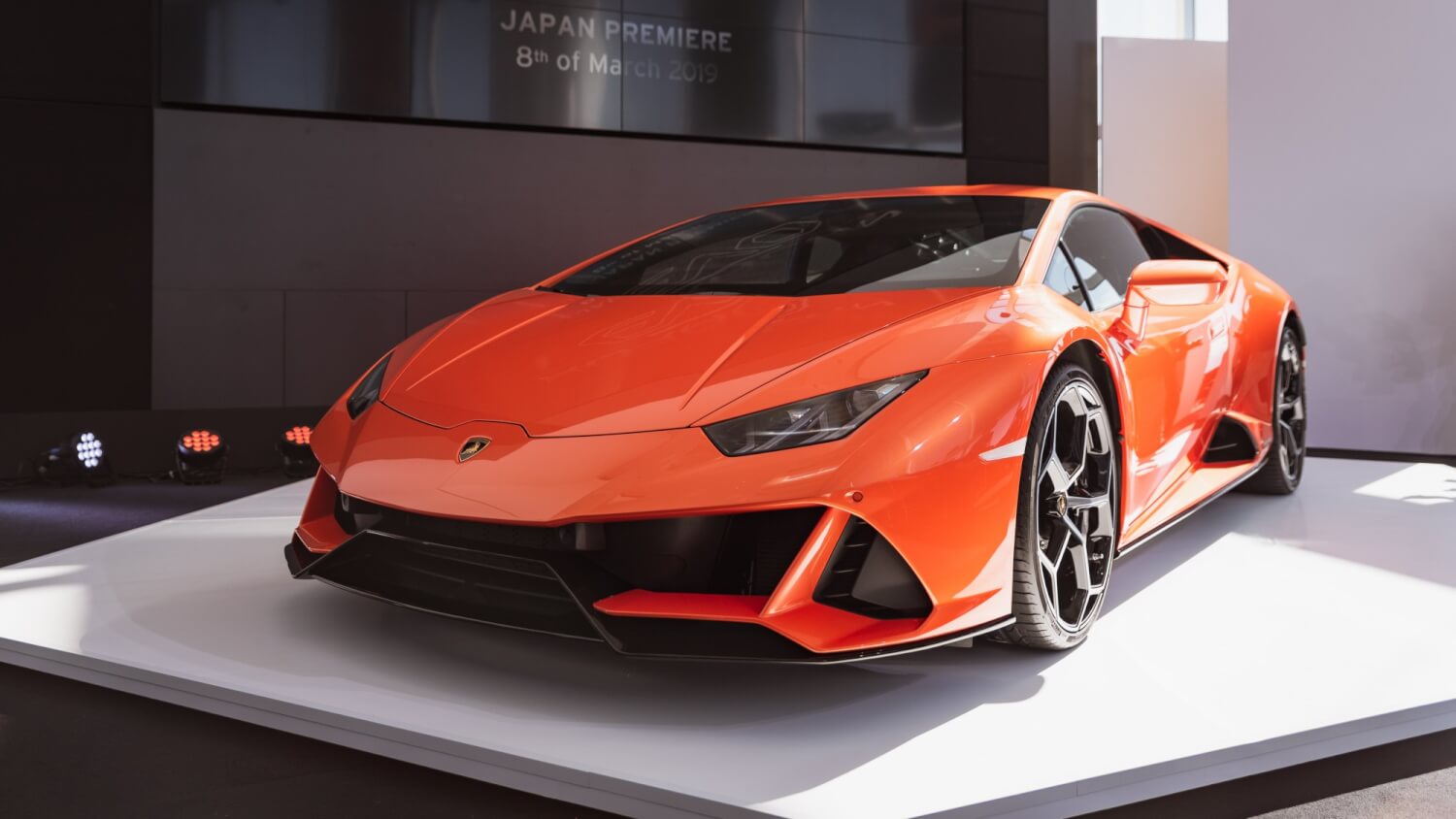It only seems like yesterday since the Lamborghini Huracan was first introduced. But that was 5 years ago and since then Lamborghini has sold more than 10,000 Huracans around the world. That’s 40% more than the Gallardo making the Huracan the most popular model to come out of Sant’Agata. So now it’s time for the Huracan to get an update.

Welcome to the Huracan Evo. Think of it was the LP560 Gallardo compared to the original Gallardo. It’s like a mid-life update but Lambo threw everything at it. Hence the Evo(lution) rather than revolution. Facing stiff competition from McLaren, Ferrari, and Porsche, the Huracan Evo takes the exiting Huracan Performante drivetrain and wraps it up in a more usable and less hardcore package.

You still get Lambo’s naturally aspirated 5.2-litre V10 now producing 470kW and 600NM of torque. On par with the Performante. Power is sent to all fours via 7-speed dual-clutch transmission. That’ll get the Evo from 0-100 km/h in just 2.9 seconds, 0-200 km/h in 9 seconds, and on to a top speed of 325 km/h. So while it might not have fancy hybrid tech or turbo trickery, this old N/A engine still has got some life left in it.


With Japan being one of Lamborghini’s top three biggest market, and the Huracan being their biggest seller, launching the updated Huracan Evo in Tokyo so soon after its debut at the Detroit Motor Show was quite a big deal. To show the new heights they’ve reached with the Evo, Lamborghini unveiled the Huracan Evo to Japanese media and customers on the 52nd floor of the Mori Tower in Roppongi, Tokyo. Funnily enough, right above the Ferrari Japan office but I’m sure that was a coincidence.

The headline new feature for the Evo is something called Lamborghini Dinamica Veicolo Integrata (LDVI). It’s basically a new brain for the car which controls, monitors, and predicts the car’s dynamic behaviour. It’ll read the driver’s inputs such as steering, throttle, and gear, as well as external conditions such as road surface grip and will predict the best driving set-up for the next moment. The aim is to make the car behave in a more intuitive way.

For the first in its class, the Huracan Evo comes with rear-wheel steering in an aim to reduce understeer. That was something I noticed in the Huracan LP610-4, push into a corner too fast and you’d be greeted with understeer. Hopefully the Evo’s LDVI, rear-wheel steering, and newly adapted aero makes this Huracan a more neutral handling car.


The new design gives the 5-year old Huracan design a breath of fresh air while at the same time implementing new aero parts such as a new front bumper to allow better airflow and a duck-tail style spoiler incorporated into the rear. It doesn’t feature the same ALA system as the Performante and SVJ, perhaps they’re saving that for the next hardcore version of the Huracan Evo. The launch colour is a new four-layer paint called Arancio Xanto.


Inside, the Huracan Evo gets a major overhaul now featuring a shiny new 8.4-inch touchscreen with Apple CarPlay. The touchscreen replaces the vast array of buttons and switches that clogged the previous Huracan’s dashboard for a cleaner look. Everything from the entertainment, navigation, and optional track telemetry can be accessed on the touchscreen.

Prices for the Huracan Evo in Japan start from ¥32,230,000 ($423,000), which is more or less in the same ballpark as the NZ-spec Huracan at $415,000. Deliveries of the Huracan Evo in Japan is expected in the third quarter of the year.














































[…] Japan […]